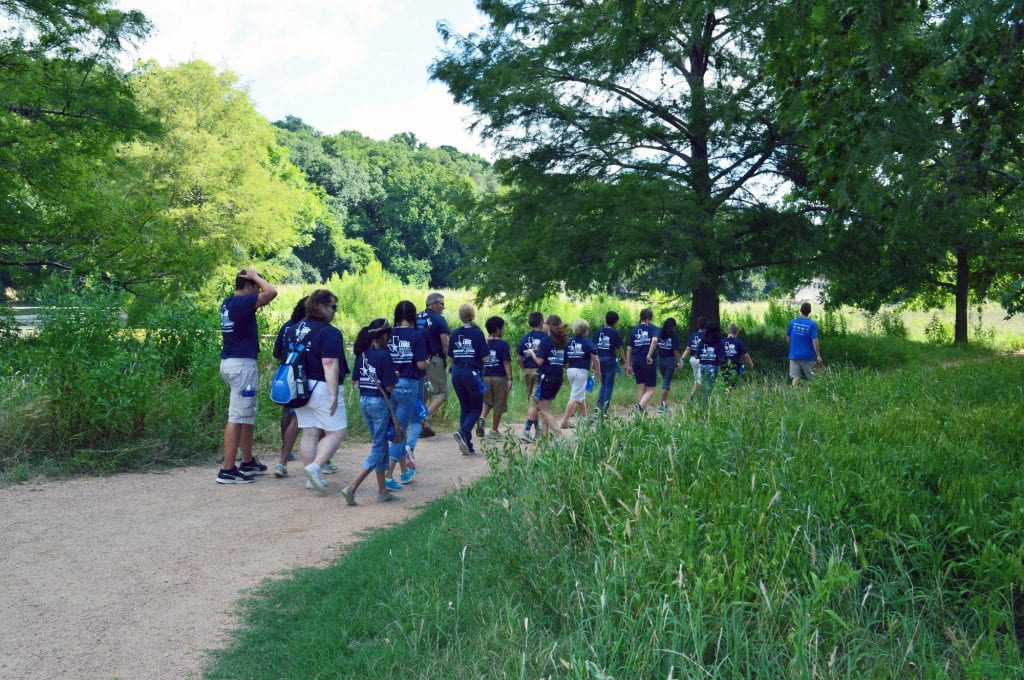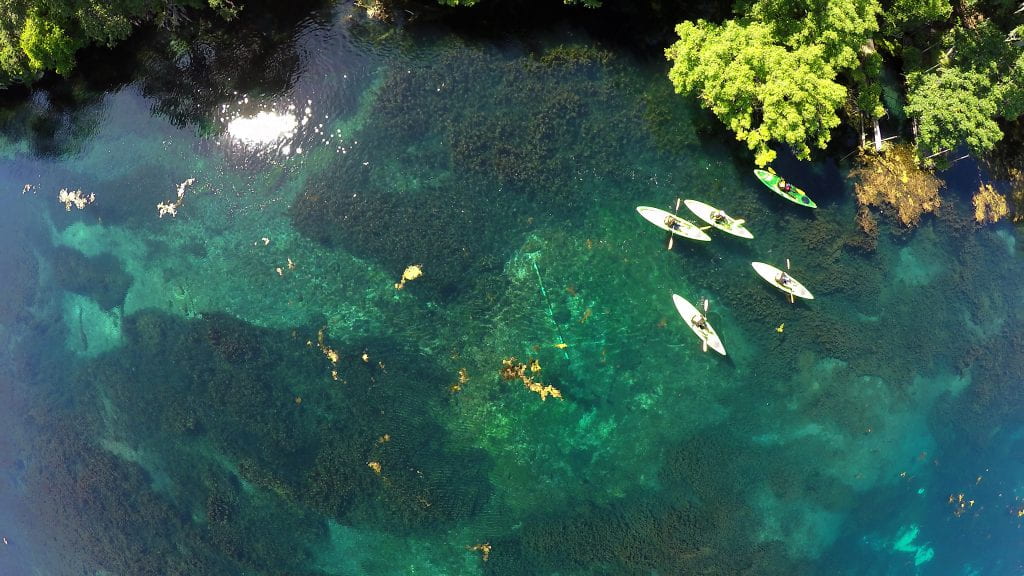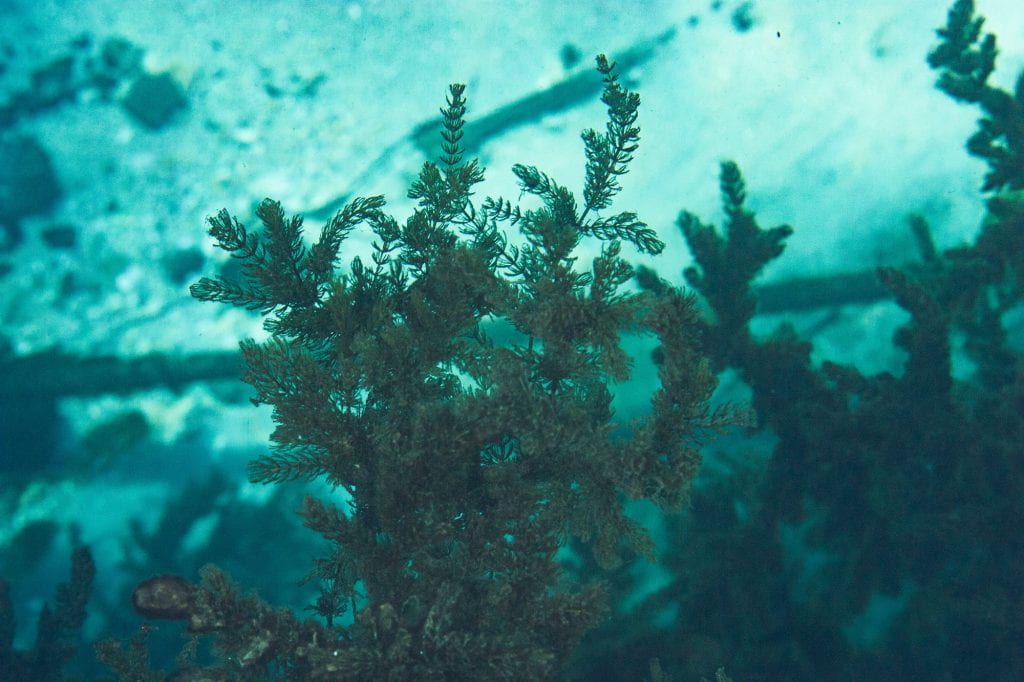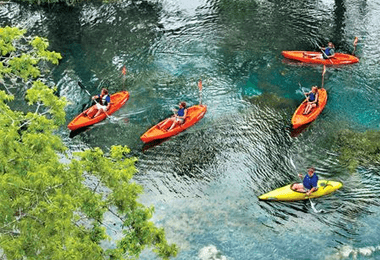In 2017, I was named Chief Education Officer at The Meadows Center for Water and the Environment, overseeing educational and research efforts within the educational program at Spring Lake. I have over 25 years of experience developing, teaching and leading outdoor education experiences in informal and academic settings. One of the reasons I am so excited to come back to Texas after many years in the Southeastern United States, is the opportunity to work with a great organization developing outdoor education curriculum and experiences that can truly inspire the learner through nature connectedness.
The Spring Lake Education program, and similar outdoor education programs across the state, align with my philosophical and pedagogical connection and approach to experiential learning. Immersive learning experiences that involve multiple senses and resonate with children and adults on emotive and personally relevant levels, set the stage for something special to happen. However, engaging people through nature connection is only part of the stewardship equation. Spring Lake has an inherent, inspirational quality about it that is available to most any visitor who has the fortune of spending time on the water’s edge or beneath the surface. Captivating educational programs are the essential ingredient for deeper learning and connection.

A recent collaborative study1 including governmental agencies, NGOs and private institutions examined nearly 12,000 adults and children, 3000 of whom were Texans, to greater understand their relationship to nature and their experiences. One of the seminal findings from the study indicates:
“for adults and children alike connection seemed to emerge when nature was not passively enjoyed but, rather, was something to be involved with via exploration, care and responsibility, observation, learning, and familiarity with a particular landscape.”
This is exactly what we strive to do at Spring Lake.
We are excited to have been awarded a grant from L.L. Bean and the American Canoe Association, which will allow us to fuse a variety of activities that aim to educate, inspire and empower people through an outdoor education program. The L.L. Bean – American Canoe Association Club Fostered Stewardship Grant offers support in promoting volunteer stewardship efforts through paddling programs. Hence, we have developed a sustainable kayaking experience at Spring Lake that will introduce a limited number of students to paddling in an environmentally sensitive habitat with a stewardship emphasis. The importance of our smaller class size relates directly to the Spring Lake Habitat Conservation Plan guidelines, which dictate the amount and type of activity that is acceptable for Spring Lake. In addition, smaller outdoor classroom environments promote more immersive experiential learning. I have found in my experience teaching and leading outdoor activities that many times the focus of such programming is on technical skill development and human interpersonal and intrapersonal relationships. Some environmental education programs could benefit from the inclusion of adventure activity and reflective processing and consideration of the experience. True outdoor education involves both adventure relationships and environmental relationships.

There will be several groups participating in the project at different times including Texas State University students, volunteers from the local community and a group of students from the Austin Youth River Watch. Students will learn universal paddling safety skills for canoeing or kayaking congruent with the American Canoe Association Curriculum. Instruction will include what to bring on the water for a paddling excursion, the related equipment for safely participating in paddling and a discussion of inherent risks and considerations for water pursuits. Students will learn stretching and fitness concepts to reduce the likelihood of paddling injury and encourage physical awareness and mindfulness. Introductory technical skills will be discussed and practiced, which will assist students with launching and exiting the boat as well as boat control and handling while underway.
Importantly, students will also be educated about the environmental significance and sensitivity of Spring Lake. The Habitat Conservation Plan will be explored as well as guidelines for paddling on the Lake. Where does the water that will be supporting and floating our kayaks come from? Where is it going? What is an ekistic relationship in relation to outdoor recreation? Who lived here in the past, who lives here now? Some of the plants and animals that live in the lake are invasive species and nonnative invasive species. What does that mean? These and other questions will be asked and explored, and participants will embark on a learning journey to investigate these questions.
I had an interesting conversation the other day with one of our exceptional student interpreters about Hornwort or, ceratophyllum demersum. Hornwort is a native aquatic river plant that grows at a rapid rate in Spring Lake. However, it is considered an invasive species in Spring Lake because the current flow dynamics that exist in river environments, and subsequently disperse the Hornwort’s mass, are not prevalent in the Lake. Therefore, if its growth is not managed it would overrun the Lake. It is the centerpiece of our diving Aquacorps citizen science removal efforts. This creates an interesting conversation of how human alteration of the environment, such as General Edward Burleson’s damming of the headwaters of the San Marcos River and the subsequent creation of Spring Lake in 1848, can limit or create habitat for species. Upon further inspection of the root structure of other invasive species such as Water Lettuce or pistia stratiotes, one can see a haven or prime habitat for many aquatic insects such as mayfly nymphs, dragonfly nymphs and scuds to name a few – all prime food sources for other species in the Lake, native and nonnative alike!

Participants will learn of native and nonnative invasive species removal efforts at Spring Lake. Directly experiencing and investigating habitat through outdoor education programs allows participants the opportunity to cultivate a stewardship ethic, and not by chance. Our programs strive to connect people to themselves, others and to water and the natural world through meaningful and inspiring experiential education activities. Our upcoming kayaking educational programs at Spring Lake will be an integral part of that commitment.
Visit www.explorespringlake.org to learn more about The Meadows Center’s Spring Lake Education Program.
1 Kellert, S. R., Case, D. J., Escher, D., Witter, D.J., Mikels-Carrasco, J., & Seng, P.T. (2017). The Nature of Americans Disconnection and Recommendations for Reconnection: Texas Recommendations Excerpt. Retrieved from http://NatureOfAmericans.org
Author
 Rob Dussler,
Rob Dussler,
Chief Education Officer, The Meadows Center for Water and the Environment
Rob is a native Texan from Houston. He earned his Ph.D. in Recreation and Leisure Studies from the University of Georgia. He most recently served as Department Chair and Assistant Professor of Outdoor Leadership at Young Harris College in Young Harris, GA.

